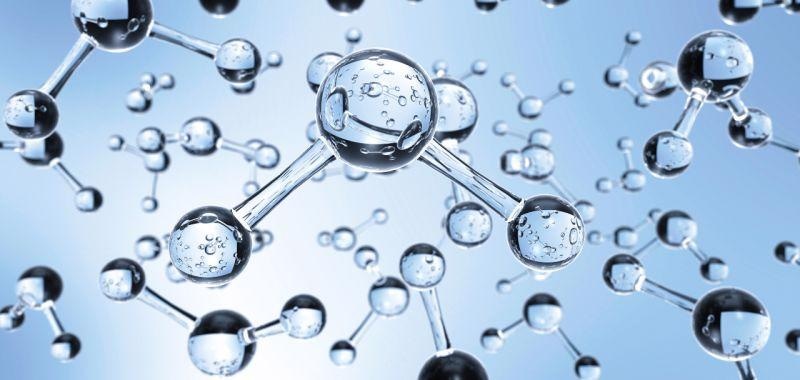In a nutshell, it can be said that water is the secret ingredient in the production of critical components for solar cells, X-Ray detectors and other optoelectronic devices.

Image Credit: ARC Centre of Excellence in Exciton Science
Perovskites, an interesting and adaptable nanomaterial with a crystal structure, can be used to create the next generation of photovoltaics, semiconductors and LEDs.
Perovskites have previously demonstrated equivalent efficiency as silicon, are less expensive to produce and have a tunable bandgap, which means the amount of energy they can absorb, reflect or conduct can be adjusted to suit different applications.
Water is normally kept as far away from the perovskites-making process as feasible. Moisture can cause faults in materials, making them fall apart more quickly when utilized in a device. That is the reason why perovskites for scientific study are frequently produced by spin coating in a nitrogen glove box.
Members of the ARC Centre of Excellence in Exciton Science have now discovered a simple and direct technique to use water as a positive factor to influence the formation of phase-pure perovskite crystals. Since this liquid-based system operates at ambient temperature, it is cost-effective.
The team, led by Monash University researchers, discovered that by altering the water-to-solvent ratio during the early stages of the process, they could pick between distinct forms of perovskite crystals with varying shapes.
By carefully tuning the concentration of water in the precursor solution, we realized the precise control of particular perovskite phases.
Dr. Wenxin Mao, Corresponding Author, Monash University
Colleagues at the University of Sydney discovered that the coordination of lead and bromide ions in the precursor solution was a key component in deciding which sorts of crystals develop.
We now understand the internal mechanics and function of water inside the precursor solution. By doing that we can further use water to control the crystallization process.
Qingdong Lin, Lead Author and PhD Student, Monash University
Crystals made using this method were combined with back-contact electrodes using nanofabrication to make X-Ray detection devices that demonstrate the quality of the end product.
This test sample performed at a similar level to commercial X-Ray detectors that are presently used in real-world settings, like Geiger counters and medical imaging, and outshone prototype perovskite X-Ray detectors manufactured using slower, more complex fabrication techniques.
Wenxin added, “We compared them with commercial X-ray detectors as well as other types of perovskites and we do have a very good responsivity and sensitivity to X-rays. Overall this project shows that we have found a smart way to control inorganic perovskite single crystals.”
He further stated, “The methodology is flexible and feasible and does not require a very unique environment or technique to apply it.”
Perovskites made using this technology can be used in UV light detection, lasers, and solar concentrators, in addition to solar cells, X-Ray detectors, and LEDs.
The findings were published in Advanced Functional Materials, where they were highlighted on the inside cover.
Journal Reference:
Lin, Q., et al. (2021) Phase-Control of Single-Crystalline Inorganic Halide Perovskites via Molecular Coordination Engineering. Advanced Functional Materials doi/10.1002/adfm.202109442.